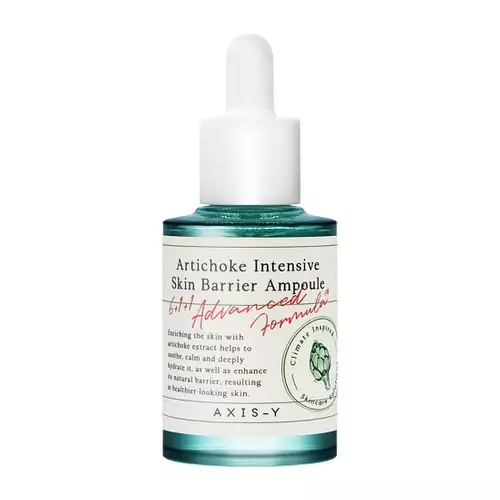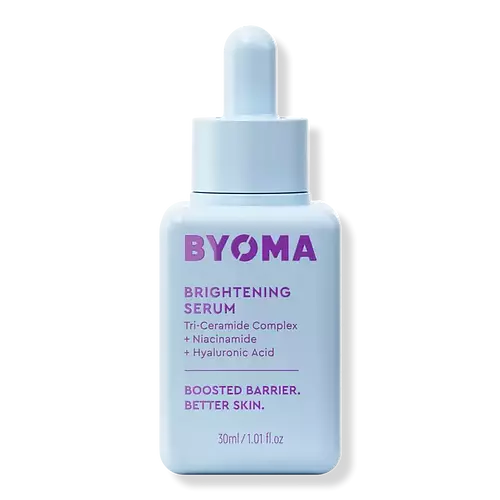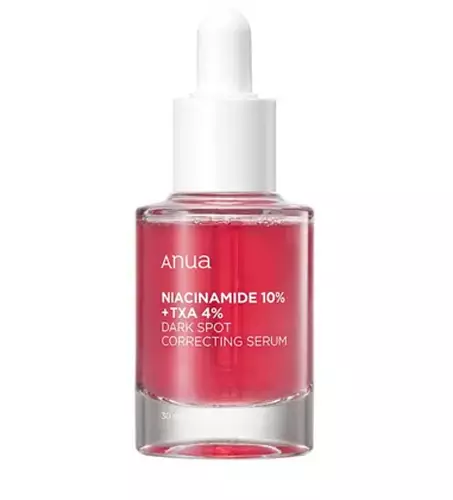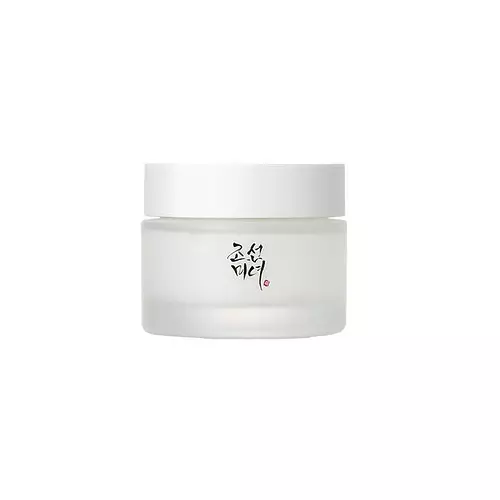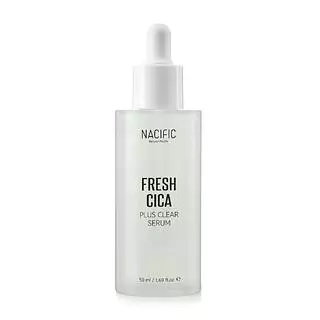Updated on March 09, 2024
Overview
What they are
These products are both vegan, cruelty-free, and reef safe . They have a total of 6 ingredients in common
Cool Features
They both contain hyaluronic acid
Suited For
They're both likely to be good for dry skin, brightening skin and sensitive skin
Free From
They both do not contain any harsh alcohols, common allergens, oils, parabens, silicones or sulfates
We independently verify ingredients, and our claims are backed by peer-reviewed research. Spot a product that needs an update? Let us know.
Ingredient Info
The Ordinary Hyaluronic Acid 2% + B5 Serum 23 ingredients
AXIS - Y Artichoke Intensive Skin Barrier Ampoule 34 ingredients
At a glance
Click on any of the items below to learn more
The Ordinary Hyaluronic Acid 2% + B5 Serum 23 ingredients
AXIS - Y Artichoke Intensive Skin Barrier Ampoule 34 ingredients
Notable Ingredients
This product contains 1 ingredient that may have this attribute:
This product contains 3 ingredients that may have this attribute:
Benefits
This product contains 2 ingredients that may have this attribute:
This product contains 1 ingredient that may have this attribute:
This product contains 1 ingredient that may have this attribute:
This product contains 1 ingredient that may have this attribute:
This product contains 2 ingredients that may have this attribute:
Concerns
This product contains 1 ingredient that may have this attribute:
Benefits
This product contains 4 ingredients that may have this attribute:
This product contains 4 ingredients that may have this attribute:
This product contains 4 ingredients that may have this attribute:
This product contains 1 ingredient that may have this attribute:
Ingredients Side-by-side
Ingredients Explained
These ingredients are found in both products.
Ingredients higher up in an ingredient list are typically present in a larger amount.
Water. It's the most common cosmetic ingredient of all. You'll usually see it at the top of ingredient lists, meaning that it makes up the largest part of the product.
So why is it so popular? Water most often acts as a solvent - this means that it helps dissolve other ingredients into the formulation.
You'll also recognize water as that liquid we all need to stay alive. If you see this, drink a glass of water. Stay hydrated!
Learn more about WaterSodium Hyaluronate is hyaluronic acid's salt form. It is commonly derived from the sodium salt of hyaluronic acid.
Like hyaluronic acid, it is great at holding water and acts as a humectant. This makes it a great skin hydrating ingredient.
Sodium Hyaluronate is naturally occurring in our bodies and is mostly found in eye fluid and joints.
These are some other common types of Hyaluronic Acid:
Learn more about Sodium HyaluronatePropanediol helps absorb ingredients into your skin, boosting their benefits. It can act as an emollient, making your skin softer. Propanediol can help products last longer by boosting the properties of preservatives within the formulation.
Propanediol is not likely to cause sensitivity and considered safe to use.
It is derived from corn or petroleum with a clear color and no scent.
Learn more about PropanediolGlycerin is already naturally found in your skin. It helps moisturize and protect your skin.
A study from 2016 found glycerin to be more effective as a humectant than AHAs and hyaluronic acid.
As a humectant, it helps the skin stay hydrated by pulling moisture to your skin. The low molecular weight of glycerin allows it to pull moisture into the deeper layers of your skin.
Hydrated skin improves your skin barrier; Your skin barrier helps protect against irritants and bacteria.
Glycerin has also been found to have antimicrobial and antiviral properties. Due to these properties, glycerin is often used in wound and burn treatments.
In cosmetics, glycerin is usually derived from plants such as soybean or palm. However, it can also be sourced from animals, such as tallow or animal fat.
This ingredient is organic, colorless, odorless, and non-toxic.
Glycerin is the name for this ingredient in American English. British English uses Glycerol/Glycerine.
Learn more about GlycerinEthylhexylglycerin (we can't pronounce this either) is commonly used as a preservative and skin softener. It is derived from glyceryl.
You might see Ethylhexylglycerin often paired with other preservatives such as phenoxyethanol. Ethylhexylglycerin has been found to increase the effectiveness of these other preservatives.
Chlorphenesin is a synthetic preservative. It helps protect a product against bacteria in order to extend shelf life. In most cases, Chlorphenesin is paired with other preservatives such as phenoxyethanol and caprylyl glycol.
Chlorphenesin is a biocide. This means it is able to help fight the microorganisms on our skin. It is also able to fight odor-releasing bacteria.
Chlorphenesin is soluble in both water and glycerin.
Studies show Chlorphenesin is easily absorbed by our skin. You should speak with a skincare professional if you have concerns about using Chlorphenesin.
Learn more about ChlorphenesinIngredient Ratings
Here's what our community thinks of the ingredients in these two products.
When to use
The Ordinary Hyaluronic Acid 2% + B5 Serum 23 ingredients
AXIS - Y Artichoke Intensive Skin Barrier Ampoule 34 ingredients


Reviews
Here's what our community thinks
The Ordinary Hyaluronic Acid 2% + B5 Serum 23 ingredients
cgi
there's better out there!
i like the ordinary. most of their products are wonderful and, impressively, effective. especially for being on the...
there's better out there!
i like the ordinary. most of their products are wonderful and, impressively, effective. especially for being on the cheaper side. however, their hyaluronic acid serum isn't as impressive. i want to say I'm in love with this one, but i barely saw any results.
as i incorporated this serum into my routine, my skin felt a lot smoother like a baby's bum. i would use it daily morning and night. i'd apply 2-3 drops on my face and then mix it along with my moisturizer for boosted results. i like how smooth it made my skin, but i never saw any brightening or skin-tone evening effects. my skin felt mostly the same as i went through this bottle.
my main use for this serum was to receive extra hydration.. but i didn't really get that. i have dehydrated oily skin so i NEED the extra hydration and i thought this would help. it didn't. i didn't really get any of those moisturizing benefits that you would usually expect from hyaluronic acid. i would feel my face already feeling a little bit dry once i go outside, or the next morning when i wake up and i don't feel "hydrated." the texture was also a bit sticky? weirdly enough. I've never used hyaluronic acid and it being sticky. i thought it would usually be more watery, but this wasn't a big factor for me.
i decided to move on to different products with hyaluronic acid and i would say i saw a drastic difference. they were a lot more hydrating, moisturizing and soothing than the ordinary's product. i saw a lot more benefits in my skin than ever before, so i've never went back to this serum.
